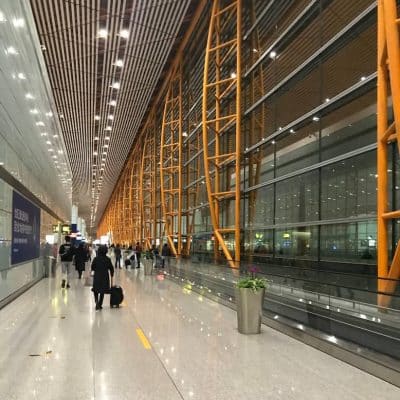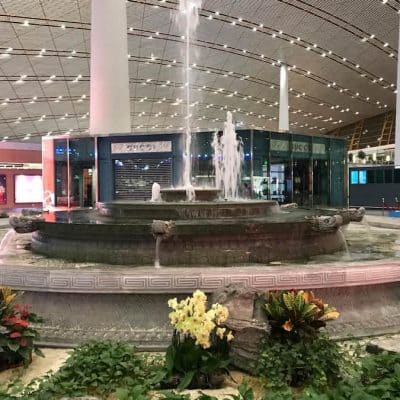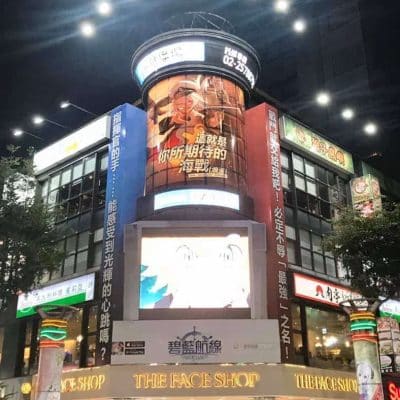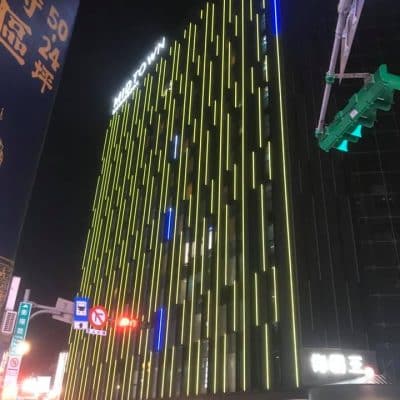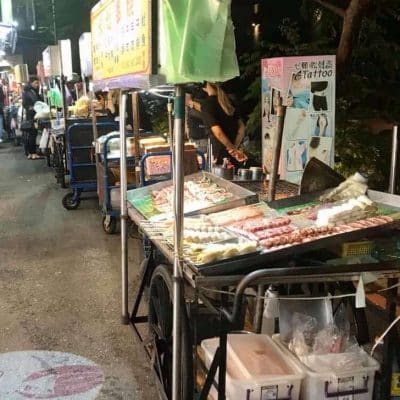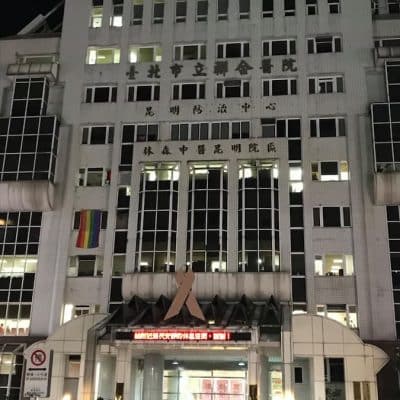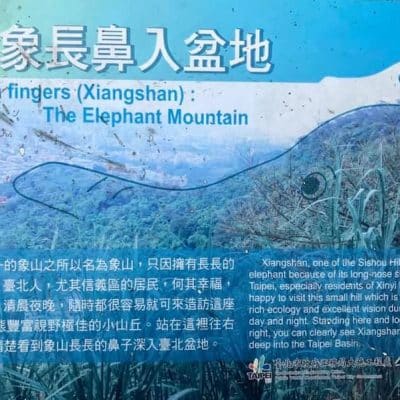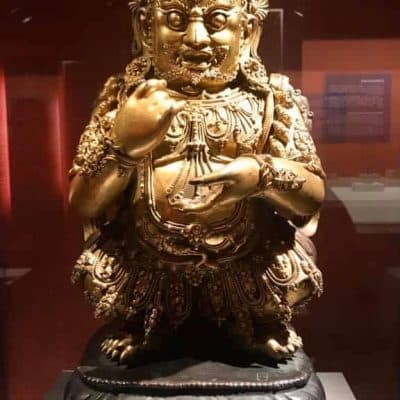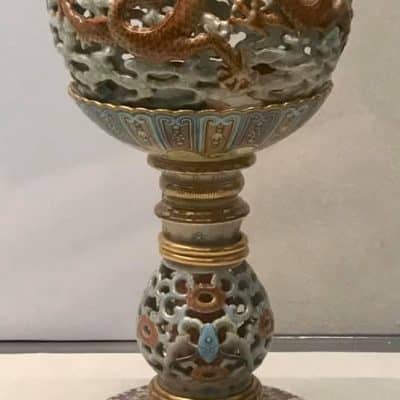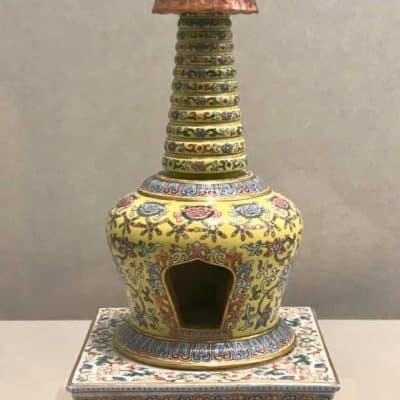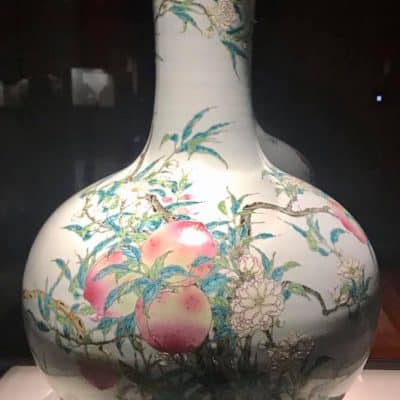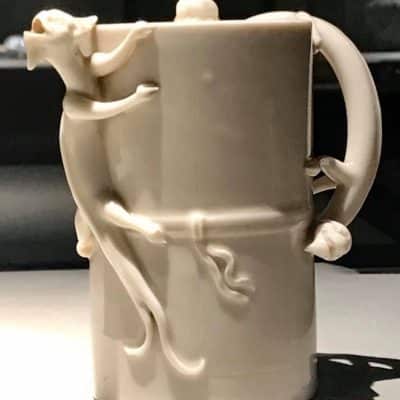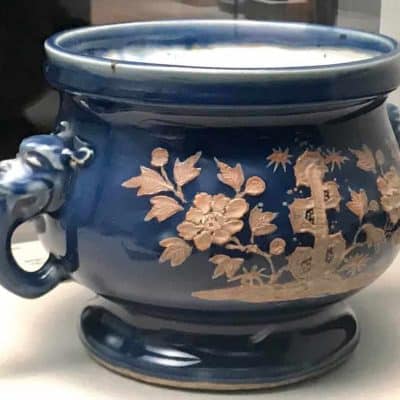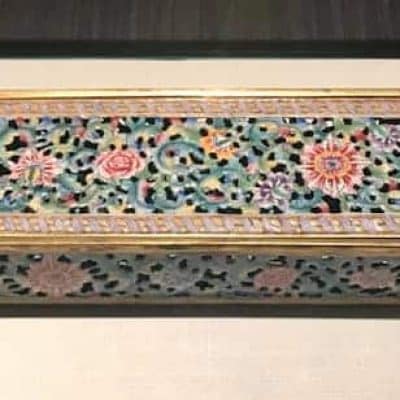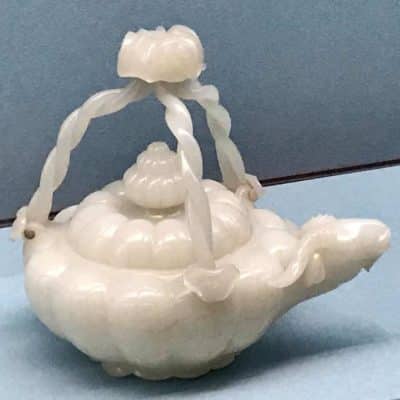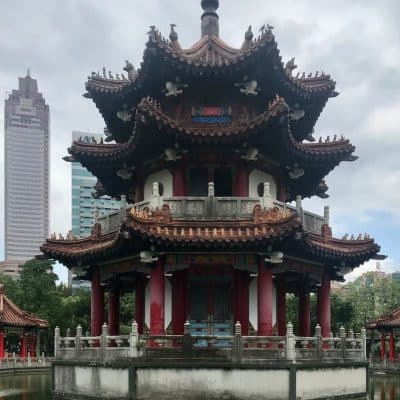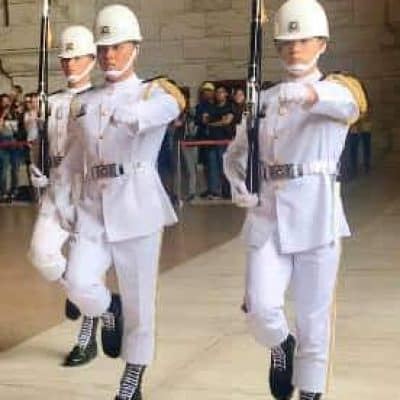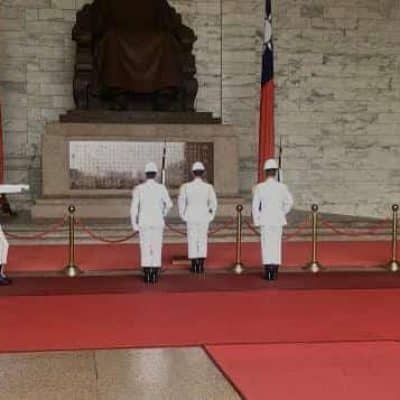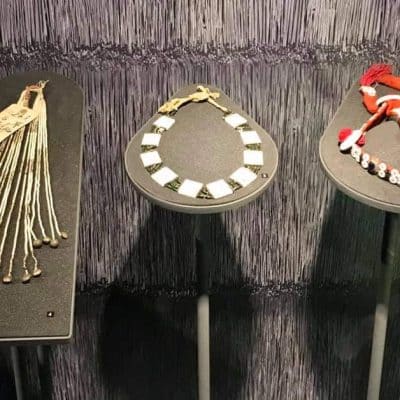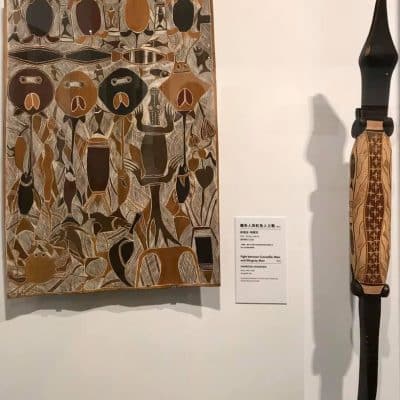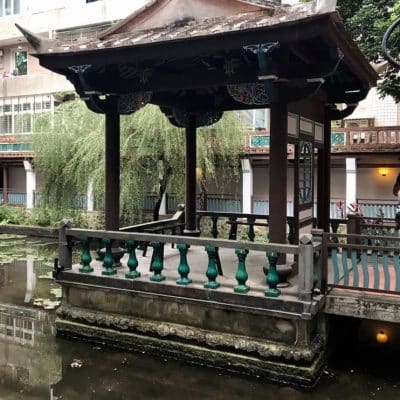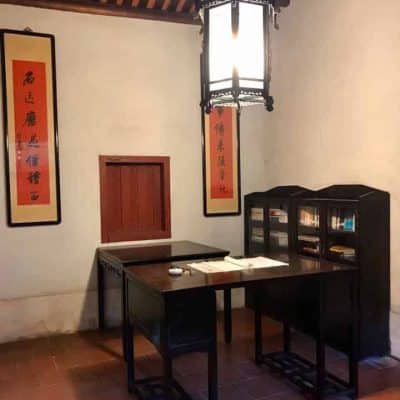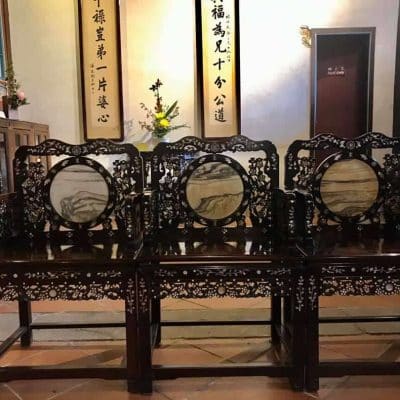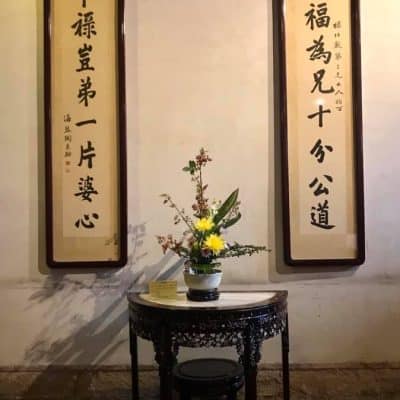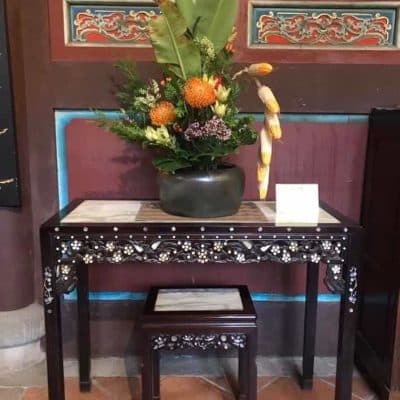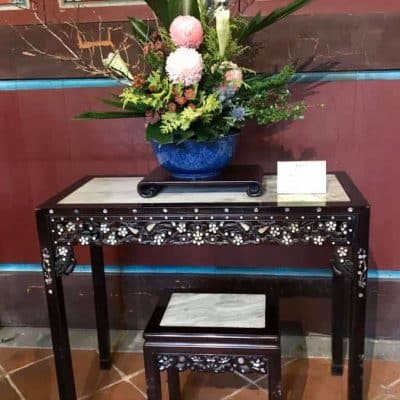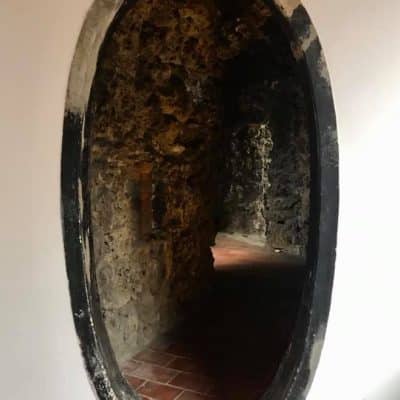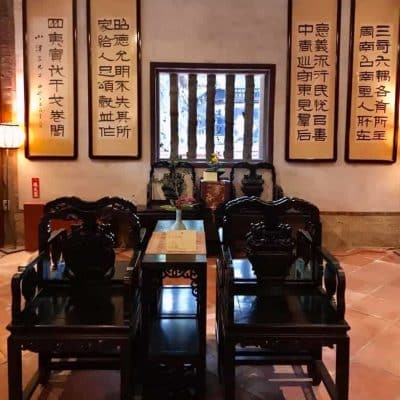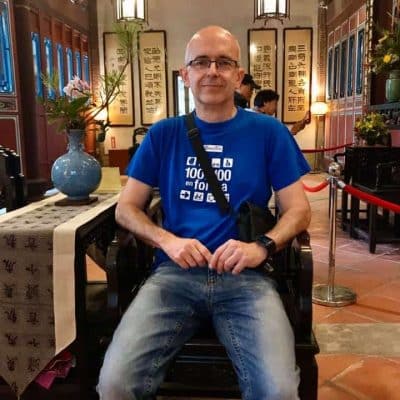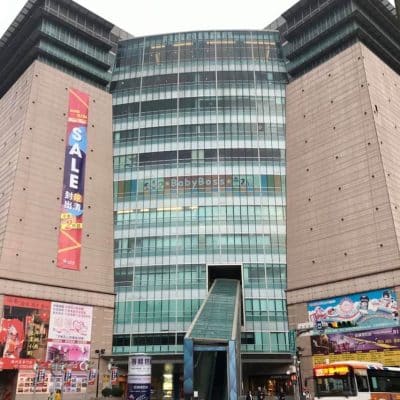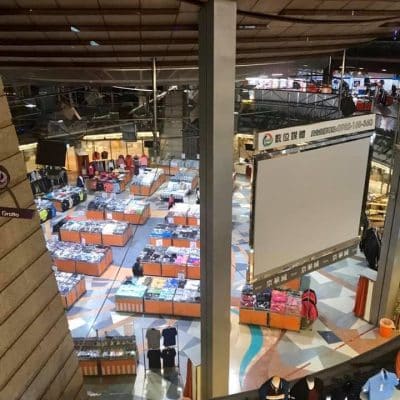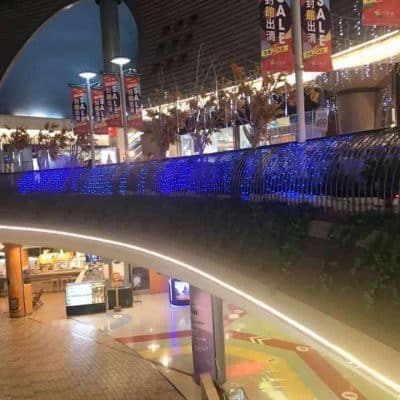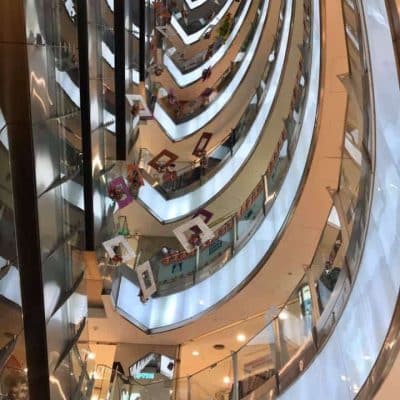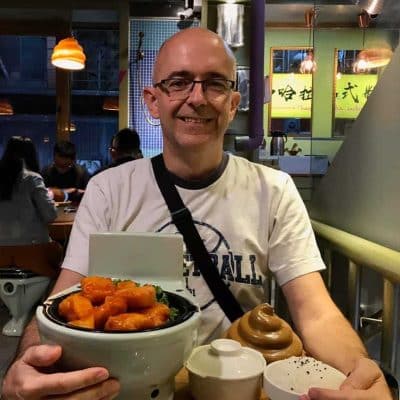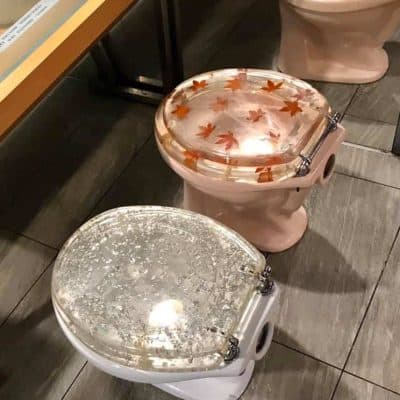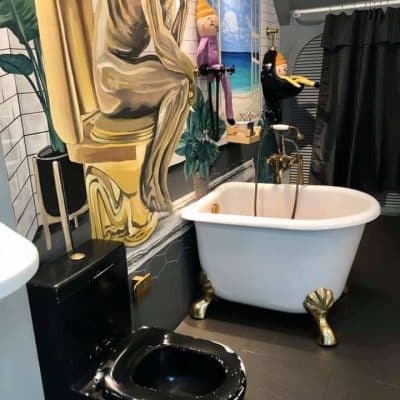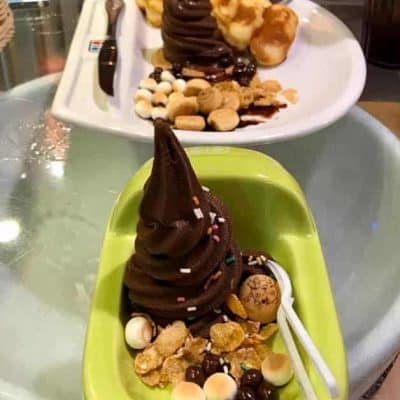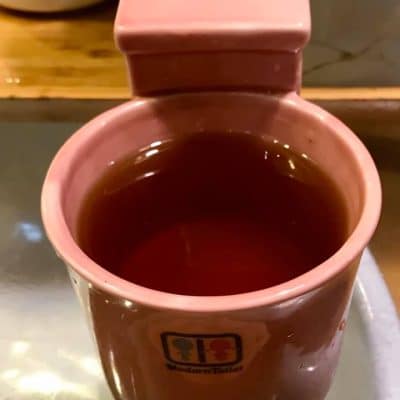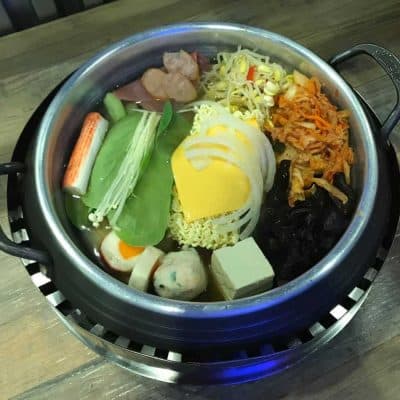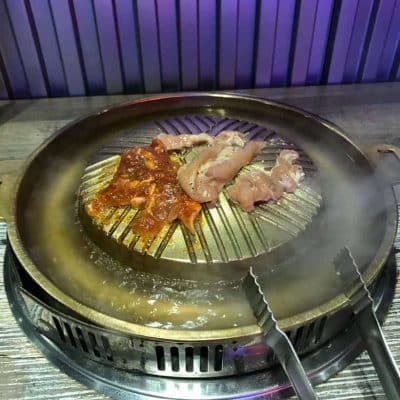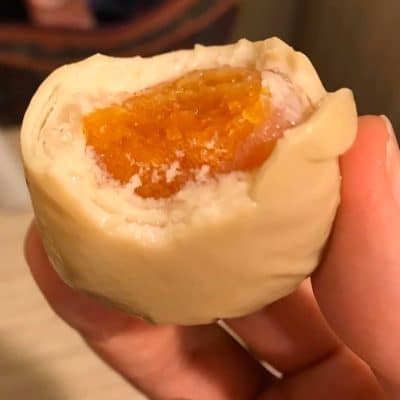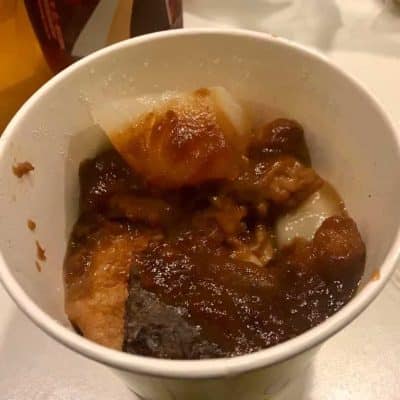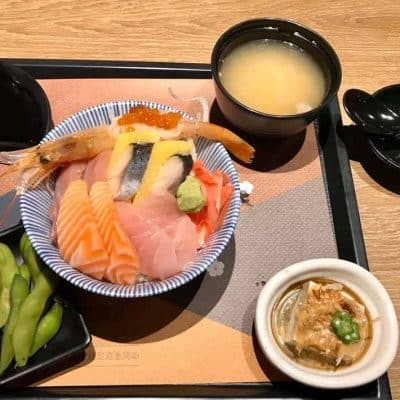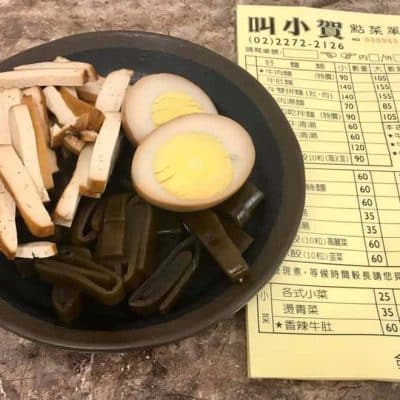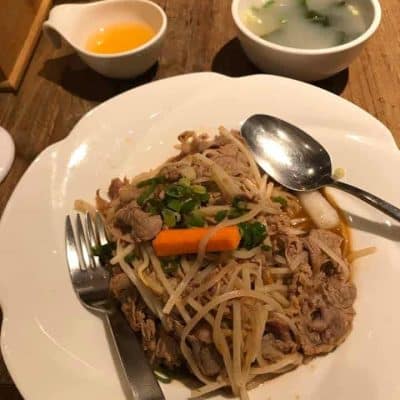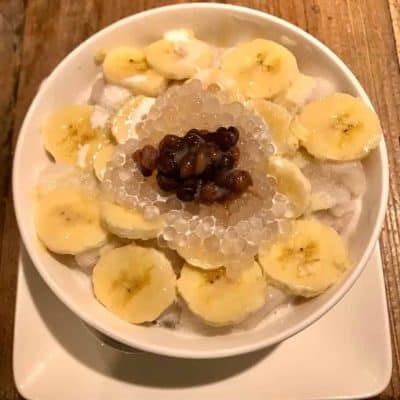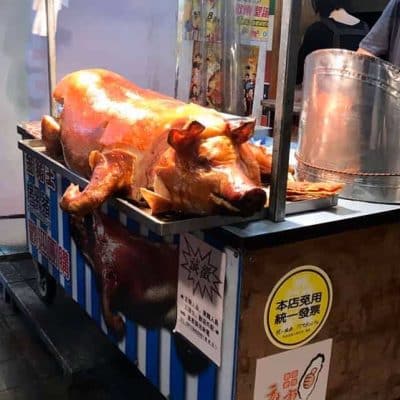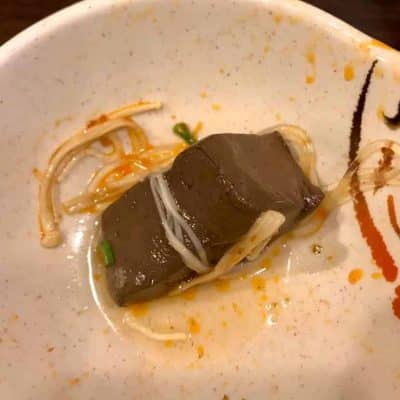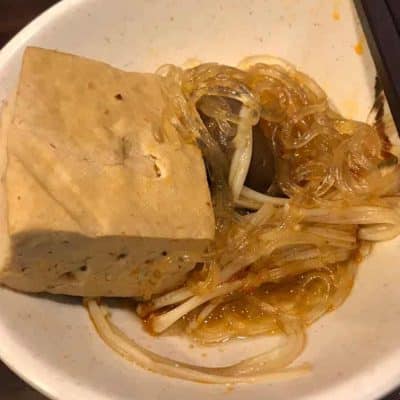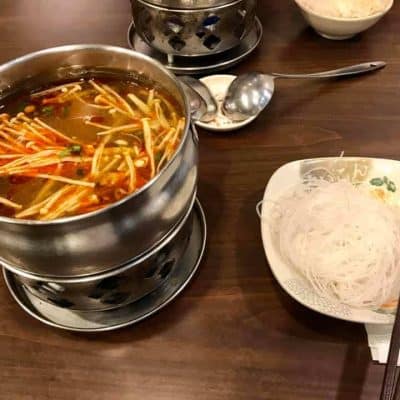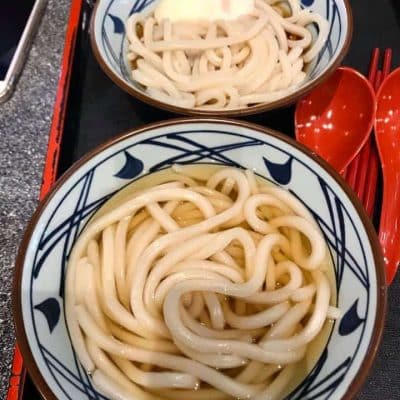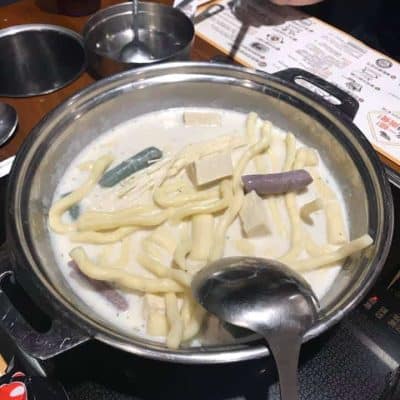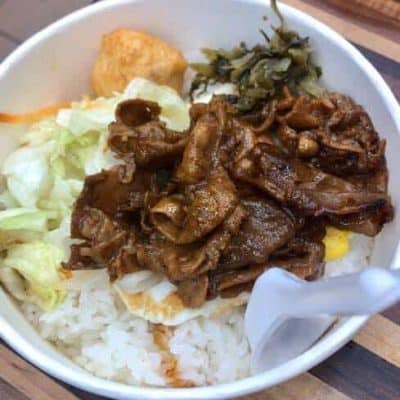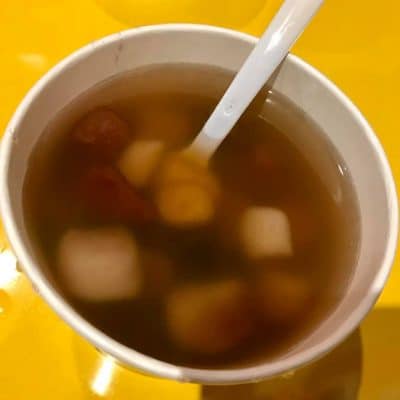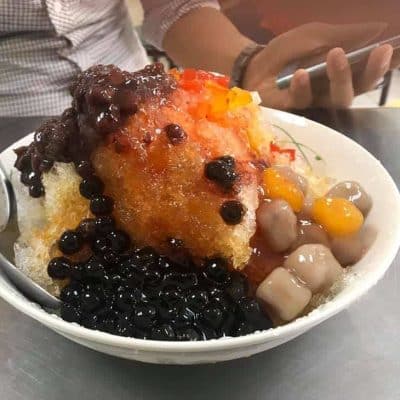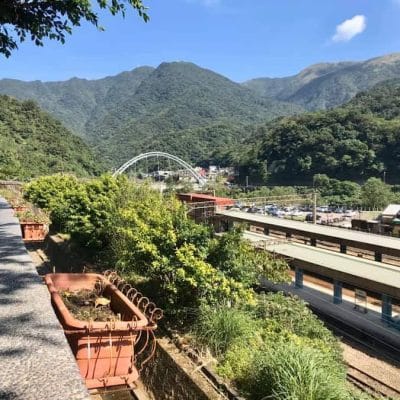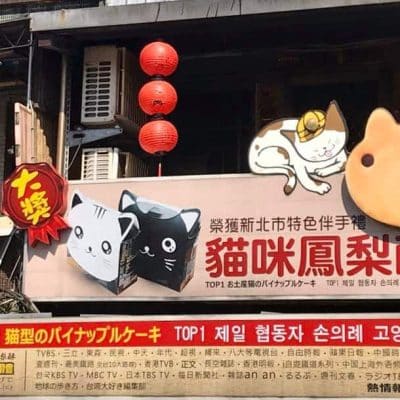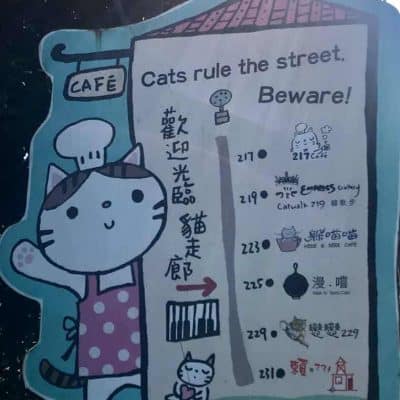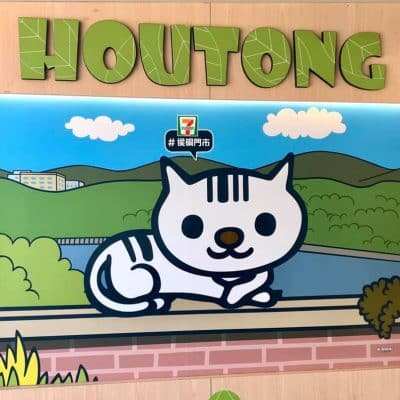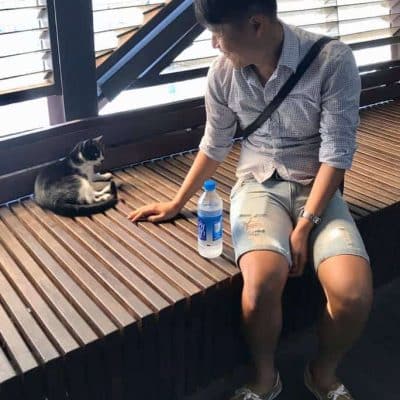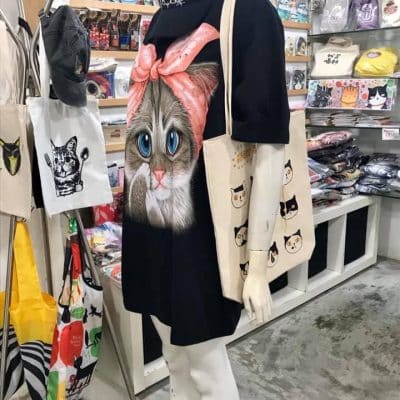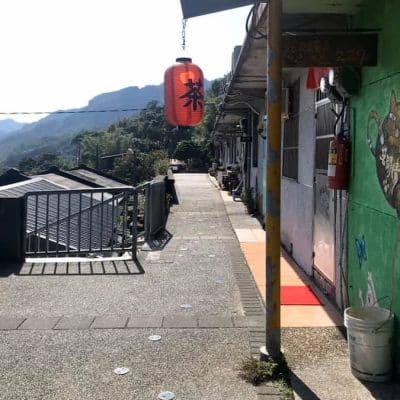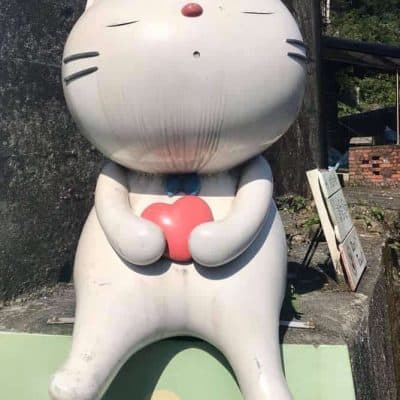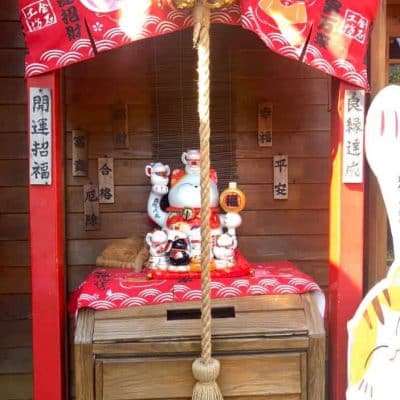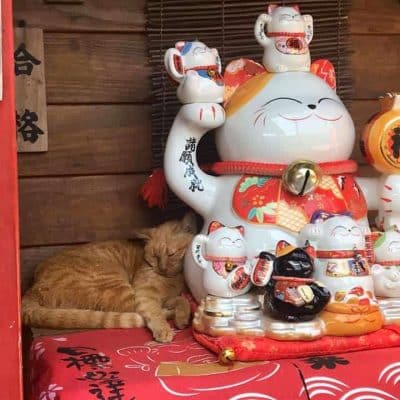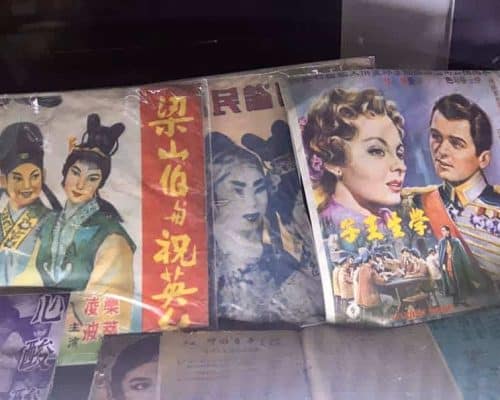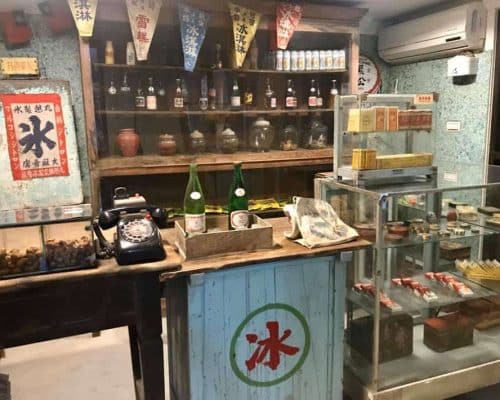Sergio Bersanetti
My Taiwan
2 - 16 November 2019

Presentation Taiwan
The Republic of China is a collection of islands situated in East Asia. The largest of these was formerly called Formosa and is currently known as Taiwan.
With a land area just slightly larger than Belgium, the Republic of China is home to approximately 24 million inhabitants. Its capital city, Taipei, boasts a population of nearly 2.5 million.
Relations between the Republic of China and the People’s Republic of China (mainland China) are infamously strained, as both entities claim sovereignty over the other.
While only 13 countries around the world officially recognize the Republic of China as a sovereign state, many maintain trade and cooperation relations with it through representative offices that function similarly to embassies.
The constant risk of mainland China’s potential invasion and annexation of Taiwan to the People’s Republic looms large, making my upcoming trip to the island all the more significant.
Originally planned for 2014 to meet up with friends, unforeseen obstacles caused me to postpone the trip until November 2019.
Finally, the time has come, and I am excited to join Yong Xiang and Jing Zhe, who have graciously agreed to guide me as we explore the breathtaking sights of Taiwan.
Taiwan post presentation
Spoiler alert: in this video I briefly explain what you are going to see and read in this post
Arrival in Taipei

The Air China flight from Milan to Beijing was enjoyable and arrived on time.
However, locating the connecting flight to Taipei has proven to be a challenging task. The airport is crowded with passengers from various flights, and the signage is inadequate and sometimes only in Chinese.
The ongoing renovation work is evident from the scaffolding and blocked-off corridors. Unfortunately, the airport authorities have not made any effort to ease the inconvenience for passengers, and the Chinese officials’ attitude is unwelcoming and reminiscent of my experience in Moscow, while travelling to Uzbekistan.
At least the airport is interesting and the flight to Taipei feels like it goes by in a flash.
Yong Xiang is waiting for me at the exit of Taipei’s airport, and during the metro ride that will take me to the Ximen district, where I have rented a studio apartment, I realise the mountainous and very green nature of the northern part of Taiwan.
From Taipei airport to the city
The changing landscape will entertain you
Yong Xiang, a prominent LGBT activist in Taiwan, may just be the youngest in the field. If you’ve read my book Revenge, you might recognize his name from the character of a detective in the second part.
Despite his young age of 18, I still remember his vibrant personality from videos three years ago, when he would roam the streets of Taipei in a unicorn costume, proudly waving a giant rainbow flag.
I was immediately intrigued by such a dynamic individual and knew I couldn’t delay my trip to Taiwan any longer when I found out I could not only meet him but also have him as my guide for a few days.

I will now show you a glimpse of Ximen, the neighbourhood where I will be staying for the next 14 days.
Ximen at night
Lights, people, noise
Ximen area
For nightlife lovers
Although I didn’t know much about Ximen when I booked my accommodation, I was drawn to its affordable rates and convenient location near public transportation. However, upon arriving, I quickly realize that there is so much more to this vibrant district, especially at night.
Like many other Asian cities with a temperate climate, the darkness brings about a lively atmosphere with illuminated giant screens, colorful neon lights, and various food stalls. Street performers, who are highly talented and respected by the Taiwanese, add to the excitement.
Despite the crowds, people are eager to step out of their homes to enjoy the night. Whether it is for eating, shopping, attending a show, or simply strolling with friends, the streets are always bustling with activity.
For those who love this kind of ambiance, there’s good news: since Taiwan shares the same time zone as mainland China, the night falls early here, giving you more time to enjoy the busy nightlife.
Upon seeing a rainbow flag painted on the ground of Ximen’s main square, I have a strong sense that the neighborhood is welcoming to the LGBTQ+ community. Yong Xiang, my guide, confirms this impression and takes me to a lively area with numerous bars and shops, where most customers appear to be gay.
The tolerance and acceptance of diverse lifestyles is one of the reasons why many people in Taiwan oppose its integration into the People’s Republic of China. While the loss of voting rights and freedom of expression are the most obvious concerns, the restriction on openly expressing one’s identity is also a significant issue, even for those who are not LGBTQ+.
Although homosexuality is no longer a crime in mainland China, it is strictly forbidden to discuss or advertise it in the media. As a result, many LGBTQ+ people in isolated areas face considerable challenges in their daily lives. In contrast, rainbow flags are often displayed outside public and government offices in Taiwan, indicating a commitment to inclusivity.
As someone with friends on both sides of the Taiwan Strait, I have learned that opinions about Taiwan’s relationship with China are deeply divided.
While many Taiwanese harbor resentment towards China, which is often depicted negatively in the media, there are two opposing views in mainland China. Some advocate for greater openness and support Taiwan’s desire for independence, while others view Taiwan as a wayward child who needs to be disciplined for resisting authority.
This disagreement is not about economic benefits, as Taiwan’s thriving economy is widely recognized, but about differing moral values. For some Chinese, Taiwanese society is perceived as too liberal and corrupted by Western influences.
Second Day in Taipei
Despite feeling tired due to jetlag, I enthusiastically accept Yong Xiang’s invitation to visit Xiangshan, also known as Elephant Mountain, and witness the stunning views of Taipei.
Having visited Asia before, I’m prepared for the inevitable climb of hundreds of steps to reach the top, except for my experience in Uzbekistan. However, in this case, the climb only lasts around twenty minutes, and the steps are manageable in height.
Additionally, the Xiangshan metro station is conveniently located only 10 minutes away from the mountain’s base, making it an easy half-day excursion that shouldn’t be missed.
As you can read on the sign in the first photo, the mountain is so named because of its elongated nose shape, and the view from the top is indeed remarkable, with the Taipei 101 skyscraper in clear view.
Not surprisingly, that is our next destination.
The Taipei 101 skyscraper, named for its impressive 101 floors, stands as the fifth tallest building in the world.
This towering structure accommodates hundreds of offices, providing a daily workspace for approximately 10,000 employees. For visitors, the building offers a viewing platform situated on the 89th floor. Thanks to its high-speed elevators, guests can reach the platform in just 45 seconds.
While I did not have the chance to visit the platform due to its relatively high ticket price and the fact that I had already taken in the view from Elephant Mountain, I welcome anyone who has experienced the view from Taipei 101 to share their thoughts in the comments.
National Palace Museum
The next day, Yong Xiang has to return to school, so I venture out solo to the National Palace Museum.
This renowned museum has been a subject of dispute between mainland China and Taiwan. The Chinese assert that the tens of thousands of artefacts on display were looted from the Forbidden City, while the Taiwanese maintain that the transfer was essential to safeguard their national heritage from the ravages of Mao’s Cultural Revolution.
Regardless of the controversy, the museum is a stunning tribute to the country’s history and culture. I hope the pictures I captured do justice to its magnificence.
Chiang Kai-shek Memorial Hall
The Chiang Kai-shek Memorial Hall stands tall as a symbol of remembrance for the former president of the Republic of China, Chiang Kai-shek. It’s a mere distance of 3 km from my lodging, prompting me to opt for a pleasant walk to explore the monument and the nearby 228 Peace Memorial Park.
The park derives its name from the catastrophic events that unfolded on February 28, 1947, when the government forcefully quelled a series of protests sparked by the detention of a cigarette vendor. This act was the proverbial straw that broke the camel’s back, as the people deemed the government corrupt.
The aftermath of this incident was two years of chaos and unrest, culminating in the imposition of martial law in 1949. This era marked the darkest phase in Taiwan’s history, commonly known as the ‘white terror.’
Apart from a museum that chronicles the events leading up to that infamous day, the park boasts a range of attractions, including a monument, pavilions, serene ponds, and an amphitheater.
A short stroll from there will lead you to the colossal Freedom Square, a hub of architectural marvels featuring the iconic Chiang Kai-shek monument, the National Theatre, and the Concert Hall.
The accompanying video captures the grandeur of this remarkable destination.
Liberty Square in Taipei
Huge square and impressive buildings
Chiang Kai-shek is a polarizing figure, evoking mixed emotions amongst the Taiwanese population.
In 1928 he assumed leadership of the Republic of China, which at the time was actually mainland China, since Taiwan was under japanese occupation. After his defeat to Mao Zedong’s forces in the Chinese Civil War, he withdrew to Taiwan, where he led the nation until 1975.
Although he is admired for his military and political acumen, and his instrumental role in defeating Japan, fighting communism, and propelling economic growth in China and Taiwan, it cannot be overlooked that his martial law imposition led to the “white terror” era.
This is merely a brief overview of Chiang Kai-shek’s complex legacy. For those seeking more comprehensive information, an abundance of resources are available online.
f you arrive at the designated times of just before 11am or 5pm (please verify the current schedule), you will have the fortunate opportunity to witness the changing of the guard ceremony.
Despite not being particularly interested in military displays, I was thoroughly impressed by this spectacle and even returned to see it twice more during my time in Taipei. The precision and synchronization exhibited by the soldiers is truly remarkable, as demonstrated in the accompanying video.
While the video may be lengthier than previous recordings, it is a must-see for those who appreciate exceptional teamwork and group performances.
Changing of the guards
A very entertaining changing od the guards at the Chiang Kai-shek Memorial Hall
Taipei Temples
On November 6th, I devote the day to exploring some of the city’s temples.
The Lungshan temple, in particular, is worthy of recognition for its enchanting ambiance and unique blend of Buddhist and Chinese deities.
Upon arrival, visitors are provided with an incense stick at the entrance (note that in Taiwan you must use the opening on your right to enter and exit any temple). After lighting the incense in a special brazier, visitors may approach the deity of their choice to request assistance. It’s important to select the right deity as each specializes in a specific field.
As a sign of reverence, I didn’t take photographs of the altars. However, you can imagine the grandeur of the statues housed within.
Lungshan Temple
A magic atmosphere which tempts you to return several times
A customary practice involves clutching two scarlet wooden shells and expressing a desire, followed by tossing the shells onto the ground. The outcome of the wish depends on the side facing up when the shells land.
In the accompanying photograph, the two shells are visible to the left and right of the individual’s feet who tossed them.

The following two photos show the Qingshui and Qingshian temples respectively.
Less imposing than Lungshan but still very interesting.
Museums and Markets in Taipei
On the 7th of November, I have planned to explore two museums and three night markets.
While I can visit the museums on my own during the day, I’ll need Yong Xiang’s assistance to navigate the night markets and explore the most fascinating things they have to offer.
The two museums are conveniently located near each other, and I can purchase a single ticket for both, which is priced at a mere €1.25.
The first museum is the National Taiwan Museum, established in 1908 by the Japanese colonial government, and is the oldest museum on the island. It is located in close proximity to the 228 Peace Memorial Park and provides an in-depth understanding of Taiwan’s rich history, as well as its unique flora and fauna.
Currently, the museum also features an engaging temporary exhibition of Australian art.
The second is the Land Bank Exhibition Hall, which houses an interesting collection of archaeological artefacts.
The hall used to host headquarters of the Kangyo Bank, opened during the Japanese colonial period, and was converted into a museum space once the bank moved out.
Yong Xiang accompanies me as dusk sets in, and we venture towards the bustling Guangzhou and Huaxi markets, which seem to seamlessly blend into each other.
The former offers an array of enticing goods to liven up an evening with a loved one, while the latter is distinguished by the abundance of massage parlours and eateries that specialize in unique delicacies such as… snake dishes!
It’s no surprise that this vibrant marketplace is a favorite among international tourists visiting Taipei.
Xuaxi night market
Snake anyone?
Nevertheless, the Shilin night market, situated in the district bearing the same name, is poised to take over the throne, thanks to its vast size and popularity among the city’s residents.
Despite the fact that Shilin market lacks any standout features that set it apart from the multitude of other night markets dotting Taipei’s streets, it draws crowds of visitors for reasons that remain somewhat elusive.
Shilin night market
It’s loud, it’s messy … but apparently it’s fun!
Trip to Tamsui
As the weekend arrives, Yong Xiang proposes a refreshing escape from the scorching heat of Taipei to the cooler and breezier Tamsui, which I eagerly embrace. Despite being mid-November, the daytime temperature in the city still lingers above 30 degrees, exacerbated by the hustle and bustle of the urban landscape.
Tamsui, a picturesque district of New Taipei, derives its name from the meandering river that forms a natural boundary between Taipei and New Taipei, as captured in the accompanying photograph.

Despite the slight drop in temperature, I welcomed Yong Xiang’s suggestion to indulge in an ice cream treat.
In retrospect, I should have been more perceptive of his mischievous grin, but I failed to sense any warning signs at the time. Unfortunately, by the time I realized the hidden meaning behind “having an ice cream” in Tamsui, it was already too late.
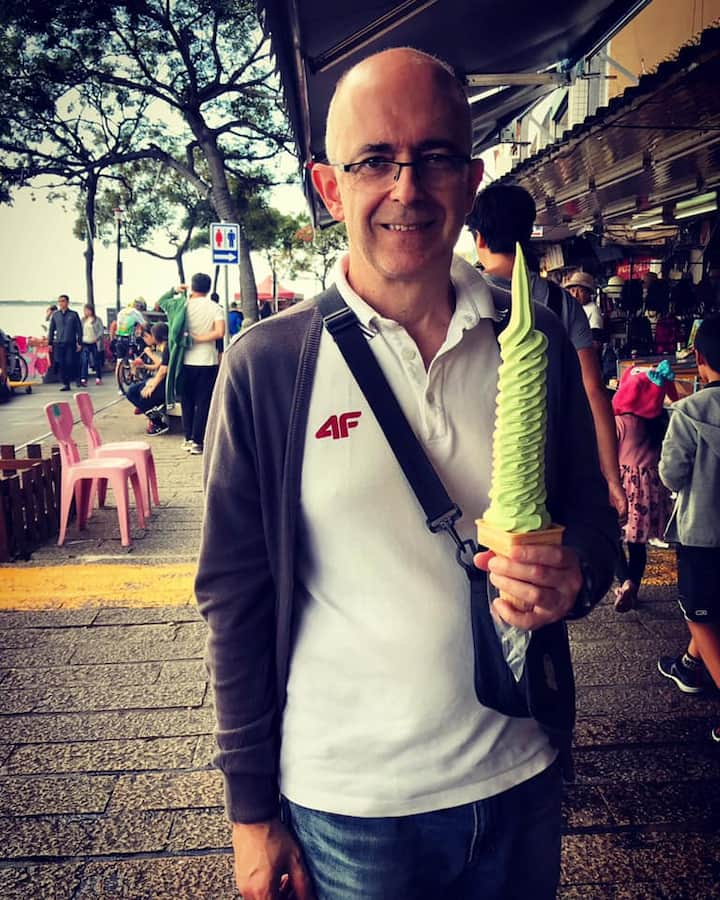
Aside from the mega-ice cream, Tamsui boasts a variety of engaging tourist activities.
Among them is a visit to the Former British Consulate Residence, which served as the official residence of the British consuls from 1864 to 1971.
Stepping inside this historic residence is like taking a journey back to late 19th century England, with its charming and authentic ambiance.
Also not to be missed is the crossing of the Tamsui River, which provides a more complete overview of the area.
Moving in Taipei
As I make my way home on the metro at the end of the day, I am eager to share my thoughts on public transportation in Taipei. The city boasts an extensive underground network that spans both elevated and subterranean terrain, comprising of five comprehensive lines, including one that services the airport.
At every station, you can find convenient machines to purchase a sleek card, which doubles as a charming keepsake. To enter and exit the metro, simply ‘beep’ your card, and the fare is automatically deducted based on the distance traveled. Typically, fares range between 0.40 and one euro.
Within each carriage, there are several signs that detail proper etiquette and conduct. As a reference, I have included a few examples for you to see. Additionally, the same card can also be used on the city’s numerous buses, which feature informative displays.
Though I haven’t had the opportunity to ride the trains yet, I did capture a few snapshots of the magnificent central station.
Other Places of Interest in Taipei
As the new week dawns, I anticipate a new guide to accompany me on my journey.
Over the years, I have grown familiar with Jing Zhe, a brilliant graphic designer whose exceptional talent captivated me from the very start. Unfortunately, his career path had to take a detour due to his eyesight issues, leading him to pursue teaching.
Despite this setback, I remain optimistic that he will someday return to his true passion – the creative work that ignites his soul and allows him to showcase his brilliance.
My fondness for Jing Zhe runs deep, evident from the fact that I included him in the dedications of my album Universal Laws in 2013. I am overjoyed to finally present him with a copy of this album as a token of my admiration and gratitude.

With him, I will to explore more fascinating attractions both within and outside of Taipei, starting with the National Dr Sun Yat-sen Memorial Hall. This impressive landmark is located in close proximity to the famous 101 Taipei building.
Dr Sun Yat-sen is celebrated as the founding father of the Republic of China, serving as its inaugural provisional president between 1911 and 1913. Please remember that during that period, the Republic of China referred to mainland China, as Taiwan was still under Japanese rule. However, his legacy is highly revered both in Taiwan and mainland China, a rare occurrence among politicians of the 20th century.
Completed in 1972, the Memorial Hall covers a vast area of 29,464 square metres, while its outdoor surroundings, which feature a cute pond, occupy 115,000 square metres. Within the hall, visitors can learn about Dr Sun Yat-sen’s life and accomplishments, with the space serving as a center for social, educational, and cultural activities.
Completed in 1972, it covers an area of 29,464 square metres, while the outdoor area, which includes a beautiful pond, occupies 115,000 square metres.
Then we have the Huashan 1914 Creative Park, a dynamic and versatile park dedicated to showcasing art in all its forms. This park provides a platform for painters, sculptors, writers, filmmakers, and other creative individuals to exhibit their artistic talents.
Although I didn’t take any photographs during my visit, I do have a brief video that showcases the supervised area for children. This feature allows parents to enjoy the park’s various performances without any distractions.
In my opinion, this is a brilliant concept that I hope to see replicated in other locations.
Huashan Creative Park
Fun for all! Children can play with their peers in a protected environment, while adults enjoy performances in the park
A must-see attraction in New Taipei is the Lin Family Mansion and Garden.
Built in 1847, this historical gem offers a complete and authentic experience of a traditional Chinese garden. Generously donated by the Lin family to the Taipei municipality, it can now be visited for a nominal fee equivalent to approximately two euros.
The Lin family arrived in Taiwan in 1778 and made their fortune through the lucrative rice trade. Their wealth allowed them to construct this magnificent mansion and garden, which still stands as a testament to their legacy.
Although not typically viewed as a monument, the shopping center I’m about to share with you was truly one-of-a-kind and worthy of being considered a must-see attraction in Taipei.
Regrettably, just two weeks following my visit, the establishment ceased operations and was subsequently demolished. The unfortunate reality was that its upkeep costs outweighed the profits generated by its tenants, resulting in its closure
It must be noted that Core Pacific City was not born under a lucky star, due to the management’s inclination towards committing offenses.
The mall faced its first fine in 2001 even before its inauguration for not complying with fire safety inspections. Soon after, it received another penalty for inaugurating the mall before obtaining all the necessary authorizations.
In 2004, the mall was accused of unfair competition following a coupon-based promotional campaign. Additionally, in 2002, an arson fire forced the evacuation of 20,000 people and resulted in damages worth NT$ 12 million.
Despite facing numerous challenges, the mall managed to survive long enough for me to witness its unique features and share my testimony.
Its unusual characteristics are highlighted by its appearance on both the American reality show, The Amazing Race (Season 19), and the video game, SimCity 4.
Core Pacific City
This jewel was much more than just a mall. It’s hard to believe that it was demolished shortly after my visit
Eating in Taipei
You may be taken aback that, among all the fine eateries I’ve sampled in Taipei, the sole establishment that has earned my spotlight is one where patrons dine on visually unappetizing dishes whilst perched on porcelain thrones. Nonetheless, I am certain that you will concur that this is such an uncommon encounter that it warrants further elaboration.
Located in Ximen, the Modern Toilet restaurant is part of a chain that has expanded across Taiwan and Hong Kong since its inception in 2004. Its menu predominantly features Western cuisine.
As one might expect, this restaurant is more of a tourist attraction than a local favorite. In fact, the latter group might question why anyone would want to dine while seated on a commode, given the plethora of fantastic dining options in Taipei.
Nevertheless, the food is delectable, the staff is amiable, and the prices are reasonable. Setting aside the somewhat off-putting appearance, it is a place that merits an evening of your time.
To make it up to you, I offer you a round-up of delicious dishes that you can find in Taipei restaurants.
Houtong e Jiufen
Two days prior to departing for Italy, I indulge in a far-flung adventure with Jin Zhe.
We venture to the Houtong Cat Village, nestled in the Ruifang district of New Taipei, which can be easily accessed via train.
Houtong was once a prosperous mining town. However, with the decline in demand for coal, the village experienced a rapid decrease in population in the 1990s, dwindling down to only a few hundred residents.
The future of the now small village appeared bleak until a feline enthusiast had the brilliant idea in 2008 to share pictures of stray cats wandering the streets on social media, requesting assistance in improving their living conditions.
The response was astounding and in no time, Houtong transformed into the “cat village,” becoming a sought-after tourist destination. This metamorphosis was also aided by its proximity to the renowned Jiufen.
Everywhere you look, there are cats of all shapes and sizes lounging about or playfully frolicking.
For cat enthusiasts like Jin Zhe, it’s a dream come true, and he doesn’t mind the occasional scratch or bite.
As someone who’s allergic to these adorable creatures, I watch the spectacle unfold from a distance,
Houtong Cat Village
Are you a cat lover? Then, this place is for you!
Starting from Houtong, the same train line that brought us here from Taipei, you can disembark at Ruifang station and hop on a bus that will wind its way up the mountainous road to Jiufen in around 15 minutes.
Jiufen has a similar origin story to Houtong. In the late 1800s, rumors circulated about the discovery of several gold deposits in this small village, attracting hordes of fortune-seekers from all over Taiwan and transforming Jiufen into a bustling town.
The mine ceased operations in 1971, and Jiufen declined until the filming of “A City of Sadness” here in 1989. The movie’s success was not only due to the skill of its cast and crew, but also to its exploration of the 28 February incident, which I’ve previously mentioned.
Since then, Jiufen has experienced an influx of domestic tourists and the establishment of charming retro-style cafes, tea houses, and film-inspired souvenir shops. This trend has only intensified following the release of the fantastic anime “Spirited Away” in 2001. Despite director Hayao Miyazaki’s denial of Jiufen being an inspiration for the film’s setting, the resemblance between some of the streets and buildings is too striking to dismiss outright.
His compatriots seems to agree with me, since they flock to Jiufen in droves each day, as I have personally observed,
Despite being a little overcrowded for my preference, I am delighted to have had the opportunity to spend a few hours in such a remarkable place.
A quick note: Jin Zhe realized he had left his iPhone on the table of a bustling café where we had taken a break.
After more than thirty minutes had elapsed, given the café’s crowded nature, I was dubious about the possibility of retrieving it. Yet, upon entering the café and approaching the waitress who had served us, Jin Zhe was handed his phone before he could even finish his sentence.
I am unsure whether she had spotted it herself or if it was found by a subsequent patron, but this occurrence elevated my admiration and respect for Taiwanese people.
Back to Italy
On November 17th, 2019, I return to Italy and the final photograph I have yet to share is the departure picture taken at Taipei Airport.
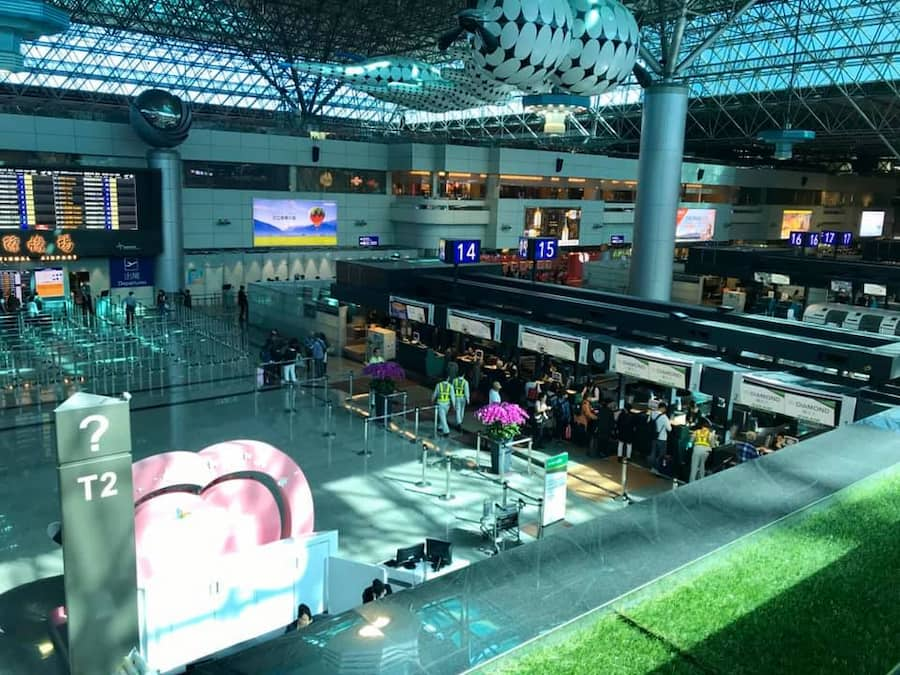
Regarding the return journey, despite encountering the usual confusion inside the Beijing airport and enduring a jolting turbulence over the Gobi desert, I still found it to be a pleasant trip.
Reflecting on my experience in Taiwan, I took away with me not only the beauty of the places I visited but also the remarkable kindness of the locals. It was not just my friends who showed me hospitality, but also strangers who were willing to lend a helping hand.
I suspect this level of kindness was also the consequence of the negative stereotypes often associated with Chinese people, with Westerners being viewed as their saviors. Although I do not subscribe to this worldview, as a Westerner it worked to my advantage during my stay, so I will not complain.
Taiwan is a place where I could happily live for a few years, if it weren’t for the earthquakes, hurricanes, and strained relations with mainland China. Moreover, having only visited one part of the island, I would love to go back and explore more of it.
It seems that I always end my posts with the same sentence, “I’ll be back.” This pattern leaves me wondering if I’ll need another lifetime to fulfill all these declarations.
If you enjoyed reading this post, or you want to share your experiences in Taiwan, feel free to do so in the comments section below. Your feedback would be greatly appreciated and would help the blog grow, allowing more people to discover it. I also encourage you to share this post with anyone who might find it useful. Thank you.

